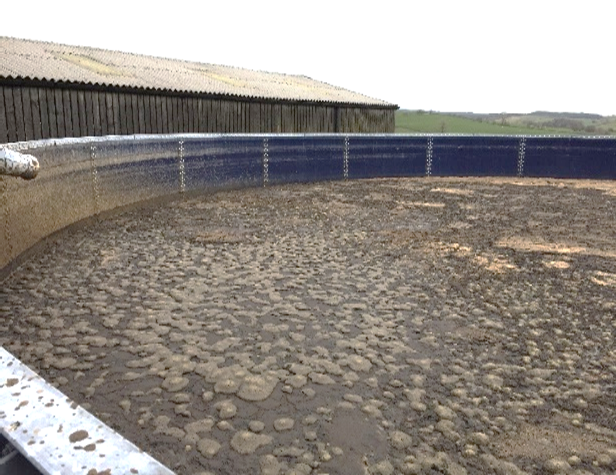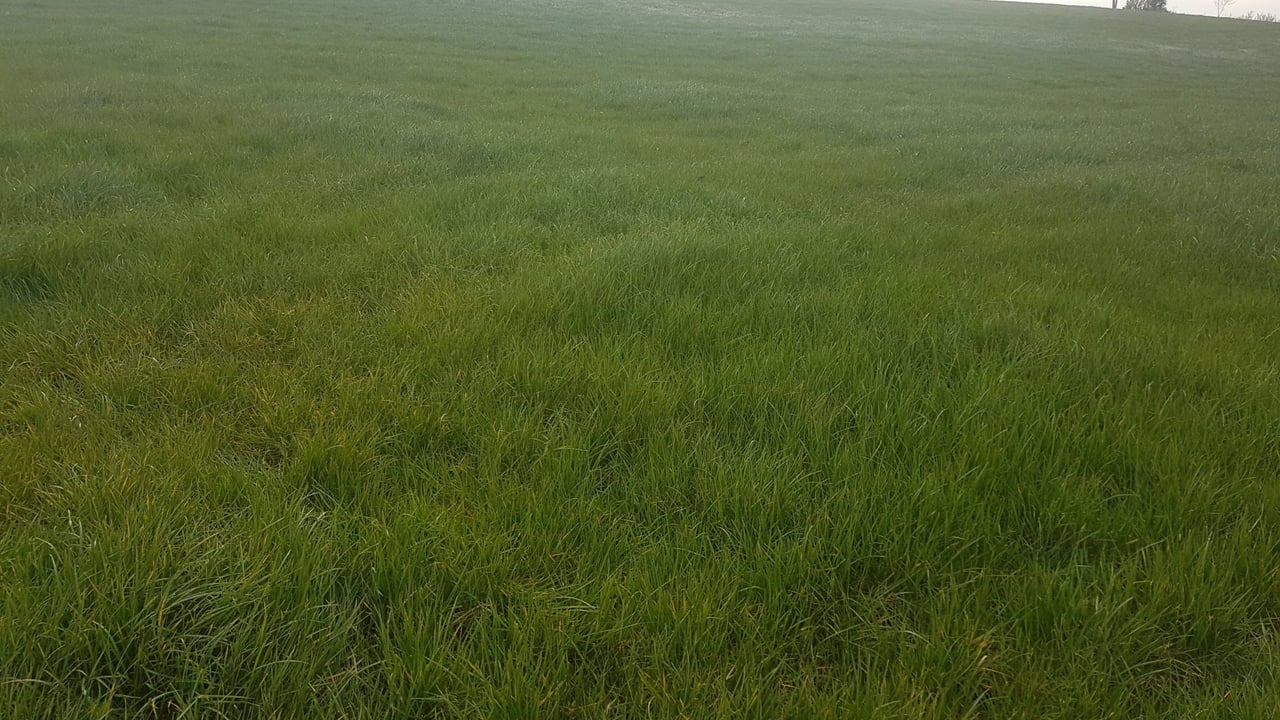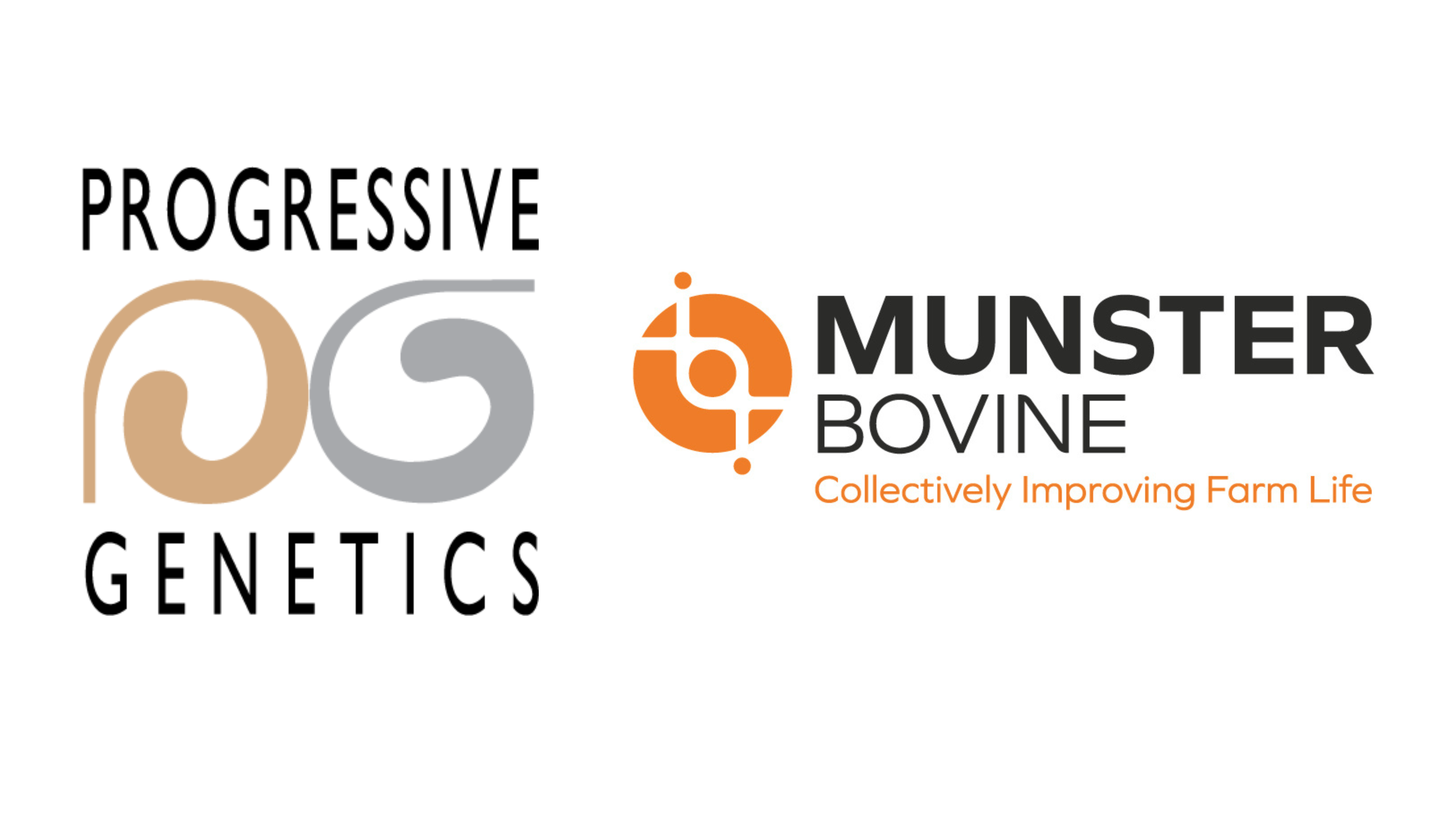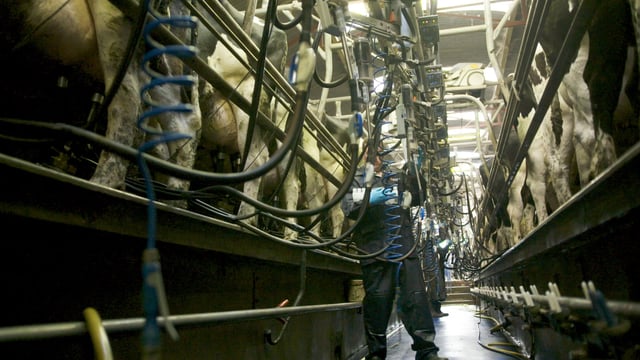Sponsored Article

Sponsored Article
Reduce reliance on fertiliser and reap the rewards
Sponsored Article

At the heart of sustainable dairy farming is the need to grow more quality grass by improving the utilisation of nutrients from your own resources, notably soil and slurry, without detriment to the environment.
Two roadblocks stand in the way of achieving this goal. Firstly, soil compaction, which can reduce grass growth by up to 40%, increase fertiliser requirements and increase greenhouse gas emissions sevenfold; and secondly, raw slurry with high levels of ammonia, which will destroy soil structure over time and increase the risk of compaction.
Slurry has the potential to be a valuable fertiliser resource, but is limited by its adverse impact on soil structure and soil health.
This is where farmer's can use an innovative product, such as Digest-it, to improve the nutritive value and grass-growing ability of their slurry.
Digest-it is a liquid biological additive that composts slurry, by converting ammonia nitrogen into organic nitrogen, improving fertiliser nutrient levels, and, like producing yoghurt, it helps in growing 'good' bacteria at the expense of 'bad' microbes.
Ammonia is both a highly available nitrogen source and a pollutant because of its volatility.
Recent research from Mountbellew College has shown a 31% reduction in ammonia emissions from cattle slurry treated with Digest-it, after 12 weeks.
This reduction was highly significant and demonstrates the power of Digest-it to reduce ammonia losses, which results in more nitrogen in the tank.
Improving slurry nitrogen levels displaces bagged nitrogen at a time when fertiliser prices are at an all-time high.
Composting slurry with Digest-it brings life back into soil and tanks playing a crucial role in growing grass sustainably and economically.
This has been proven consistently during a six-year trial at the Devenish Lands at Dowth research farm.
On average, there has been a 1.1t/ha or 18% increase in grass growth year-on-year. According to Teagasc figures, this equates to a return on investment of 13:1 or a net margin of €197/ha.
As a follow on from the long-term silage growth trial in Co. Meath, the level of earthworms in soil in two treatments was examined.
Soil treated with Digest-it-treated slurry had 35% more earthworms, which is a significant indicator of soil health.
The effect of Digest-it is clearly apparent in the pictures below. Dairy slurry from the same herd was pumped into two adjacent slurry stores. One was treated with Digest-it and the other left untreated.
After three months the Digest-it tank was active with bubbling and just a surface scum, while the untreated tank had a thick crust with vegetation well established.

Composting slurry reduces odour and consistency is improved, which means less energy is required to stir and pump. On many farms, the reduction in agitation and savings in diesel and contractors’ fees will pay for Digest-it.
Digest should be added to tanks at the start of winter housing at a rate of 1L/5000 gallons slurry (1 x 20L drum/100,000 gallons).
Alternatively, it can be poured directly into tanks (dilute with water to get good coverage across the tank) at a rate of 10L/100 cows/month.
Digest-it delivers more value from slurry by:
For more information on how Digest-it can improve the profitability of your farming enterprise and to hear from current customers, click here.
Sponsored Article






